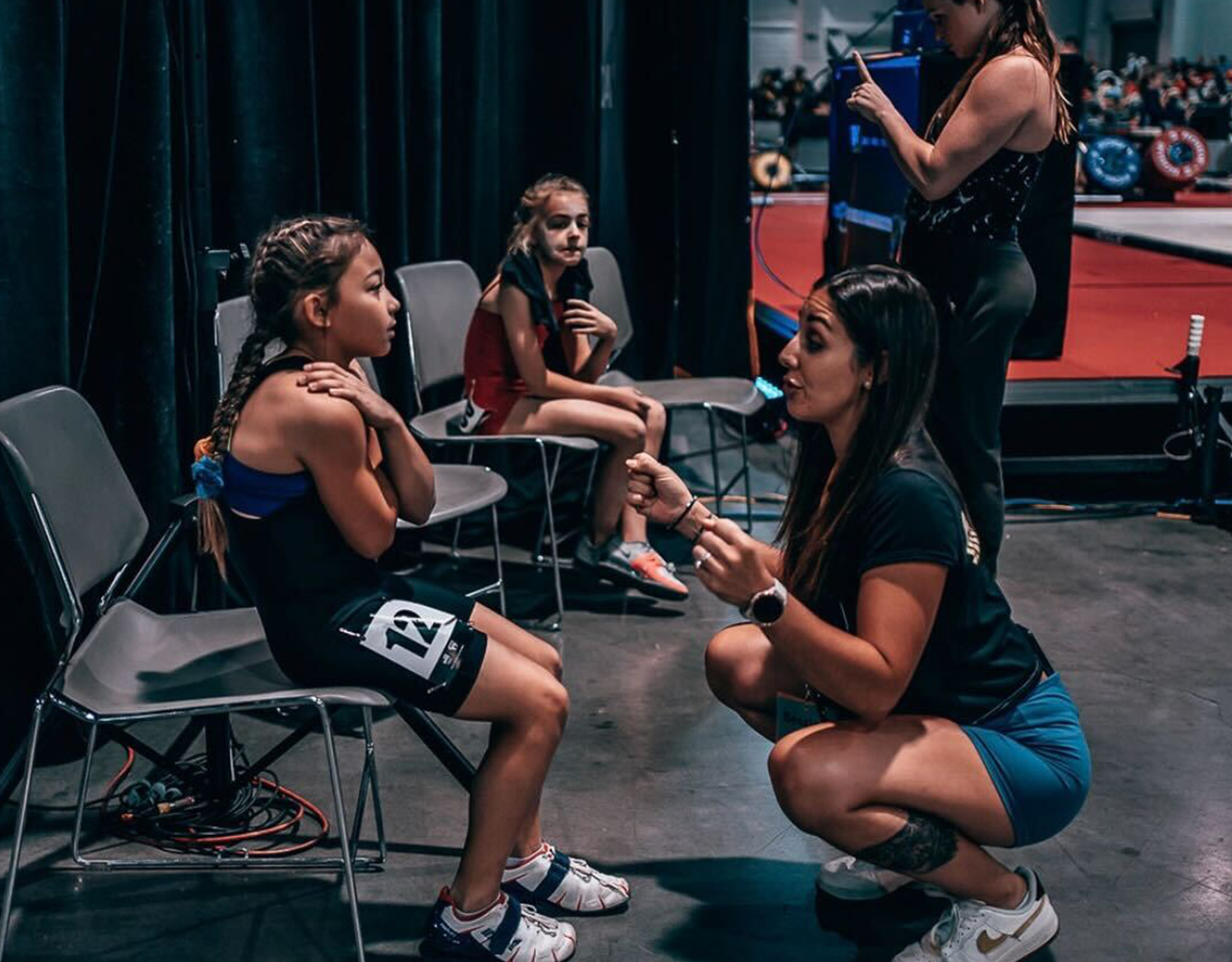Guide to Creating SOPs for Your Gym
Hey, It’s Ben from Business For Unicorns here.
I wanted to dive deeper into one of the core challenges I see fitness business owners facing - building out systems at your gym
We touched on it in the last blog, and it’s time to dive deeper to really get some traction.
I’m curious…
Do you ever feel like you’re stuck IN the business when you want to be working ON the business?
Do you feel like you’ve told your team the same things again and again and still find yourself needing to tell them… again?
And do you find your vision not being executed the way you want and need to step in all the time to deliver a consistent customer experience?
My friend, I’m in my 9th year of owning my studio, and I feel you.
1000's of tiny paper cuts shredding your focus and detracting from your ability to execute the high-leverage activities you so desperately want to engage in.
As I shared in a previous blog, a couple years ago I lost my GM right after COVID lockdowns ended. I decided to buckle down, and ended up increasing monthly recurring revenue (MRR) by over $10k.
What I didn’t share was that the sales process I refined was only one of 50+ SOPs that I created or refined in the last few months to set my new GM up for success.
This allows me to do other things - like write this blog for you. High five :)!
Here’s how you can stop repeating yourself, spend more time on the business, and have your vision executed the way you want.
First, SOP the absolute shit out of everything.
Yes, yes. I know I’m a broken record and you’ve heard this before.
And if you haven’t done it yet, your options are to continue to avoid the problem wishing for a magic bullet, or dig your heels in and get them done.
And when I say everything, I mean everything.
How to mop, exactly where the equipment should be returned to, and scripts for how to respond to freeze and termination requests.
I even wrote an SOP for “how to create a new SOP” that team members can duplicate with all sections to include and where the document should be saved. This won’t be the last SOP we create and I don’t want to write them all.
In brief, every SOP should have 3 sections:
- The outcome you want, including the “why” for the team, tying it into your core values, team experience, or member experience. You could just bark orders at people, and in my experience getting buy-in is better.
- An expert SOP that is a handful of key bullet points for team members to refer to when they know the steps, but need a reminder or had a brain fart. Think of this as a quick reference guide.
- A learner’s SOP with every step, in detail, so someone who has never done this before can do it successfully. Click here, then go here, then click this. Every single step. This is how you train team members on day 1 for each task, and make sure current team members are getting it right.
Pro tip - the learner’s SOP can be a screenshare video for most SOPs. Download Vidyard or Loom, and save yourself oodles of hours.
Second pro tip - make the final step of every SOP “if you find a better way to do this, let the GM know so we can update the SOP” so you never have to re-do 50+ SOPs like I just did.
Second, train your team on the SOPs.
Don’t just show them once. Use the TELL > SHOW > DO > APPLY method. Here’s what that looks like:
- TELL: Review the SOP with your team and share what success looks like.
- SHOW: Show them how to do the SOP properly - you do it, while they watch and ask questions.
- DO: Reverse the roles - the team member does the SOP, with you watching to answer questions.
- APPLY: This is the most important step - let the team member tweak the SOP as needed for better results, add it to their task list or calendar, and (within reason) make it their own so they feel empowered to run with it.
Here’s what that could look like in practice if you were teaching a team member how to follow up with leads to free up some of your time:
- TELL: Review the Lead Follow-up SOP and principles for success.
- SHOW: They shadow you doing lead follow-up - how to use the software, where to find the scripts… every single step.
- DO: Roleplay things such as the call & shadow them with feedback.
- APPLY: They personalize the scripts and templates and time block in their calendar when they will do it.
If this sounds like a lot, it’s because it is. And that’s what’s required to effectively train staff.
I had the story in my head that by reviewing things so many times my team would feel like I don’t view them as competent.
It was exactly the opposite - they thanked me for making things so clear and gave me valuable feedback for making better SOPs.
It took me an embarrassingly long time to figure that out.
Third, inspect what you expect.
A good SOP makes it easy for your team to win, and hard to lose, giving a consistent customer experience.
Everyone on my team now has a task list with the task, the frequency it’s done, the SOP hyperlinked, and a place to check off “done or not done” each day for the year in one easy-to-use document.
And on my GM's task list, one of her SOPs is to check everyone else’s task list every week to make sure things are done - to inspect what we expect. If anything isn’t done, she addresses it with either an accountability nudge, more training, or troubleshooting.
We also have checklists for things in the gym that can be easily checklisted, such as opening and closing the studio for the day so the team doesn’t need to open their computer to get it right.
Don’t fall into the trap I did previously - “well I wrote it and even though it’s buried in Google Docs my team should still dig through everything and get it right”.
Make it easy for your team to win.
There will continue to be tweaks and updates, such as software updates or policy changes in our businesses, so this job is never “done”.
And I can share from my experience, it will give you less stress, and less frustration, and make every new hire you make for years to come that much easier.
Plus, if you do it right someone else will be able to write the next SOP for you.
To delivering a consistent experience and freeing up your time,
Ben Pickard
Coach and COO
Business for Unicorns
Looking for help making your business acumen match your training acumen? Check out the FREE Raise Your Rates Playbook for a step-by-step guide for how to increase your rates (and how much).
Click HERE to grab it.
Share this
You May Also Like
These Related Stories

Designing a Functional & Inviting Gym Layout

Why Systemized Onboarding Matters for Gyms




